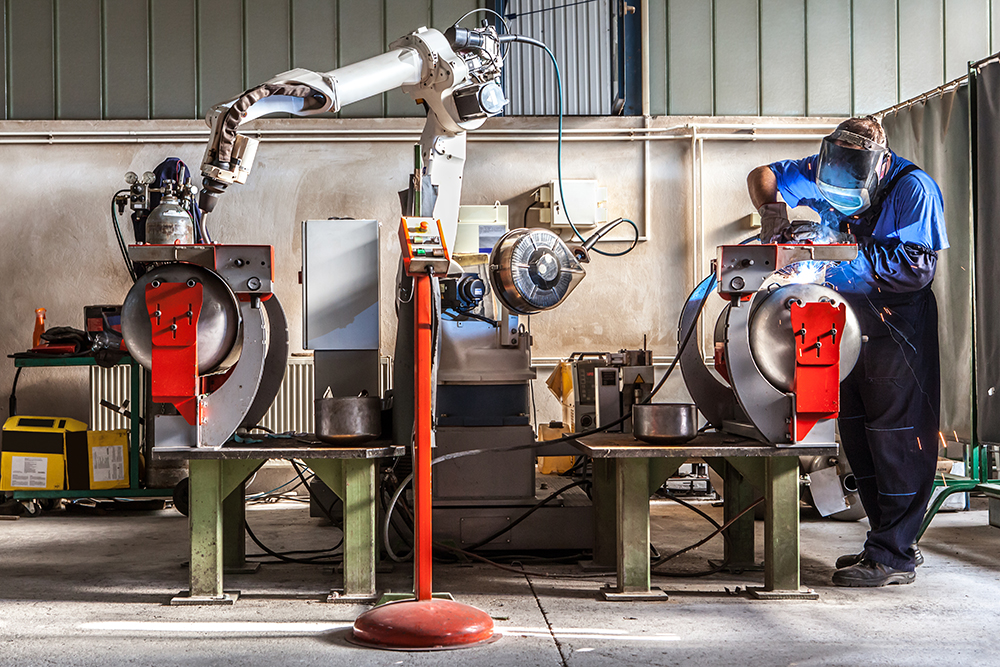ASSISTIVE ROBOTS: THE FUTURE OF BUSINESS
Recently, the World Economic Forum (WEF) listed social robots and assistive technologies as one of the ten biggest trends in new emerging technologies [1]. However, these technologies are primarily available in the consumer market. For instance, many people employ assistive voice technologies such as Siri™ or Alexa™ to help them with daily tasks, or utilize assistive robots like Roomba® to help with daily activities like cleaning. When it comes to more B2B oriented markets, these new assistive technologies tend to be limited to use in supply chain or manufacturing facilities rather than traditional business settings.

Naturally, this technology is becoming ubiquitous as consumers continue to integrate these efficient, timesaving devices into their lives. With a wide array of functionalities, it only makes sense that assistive technologies integrate not only in the home, but also in a retail business setting.
Assistive technology primarily helps business owners drive efficiency. A classic example of an assistive operational technology is the light-motion detector. Throughout the world, businesses have implemented the light-motion detector to streamline the simple process of energy monitoring for greater operational efficiency. With the detector, employees no longer need to worry about monitoring or managing electricity usage.

Modern examples of an assistive technology in the business world stem from the needs of the retail market. Retailers are currently experiencing a shift in operational practices due to a dynamic marketplace. With competition from online shopping services like Amazon, traditional brick-and-mortar retailers are forced to change the way they conduct business, implementing new systems to leverage a competitive advantage.
One practical application of assistive technology in the retail sector includes the automation of payment. Cash automation serves to replace cash registers as a modernized payment system. Whereas the cashier in the past both worked with customers and managed money, the cashier can now dedicate their focus to the customer while the machine processes the transaction. This improves efficiency, accounts for all of the cash, and improves hygiene for both the customer and employee alike.

As these trends continue to develop and manifest themselves in the marketplace, business owners have the opportunity to empower their operations in new ways to maximize efficiency. By integrating new technology to expedite certain operational processes, businesses of any industry can confidently operate and be prepared for any environment.

[1] Kearney, A. T. (2017, March). Technology and Innovation for the Future of Production: Accelerating Value Creation (Rep.). Retrieved August 15, 2019, from WEF website: http://www3.weforum.org/docs/WEF_White_Paper_Technology_Innovation_Future_of_Production_2017.pdf
